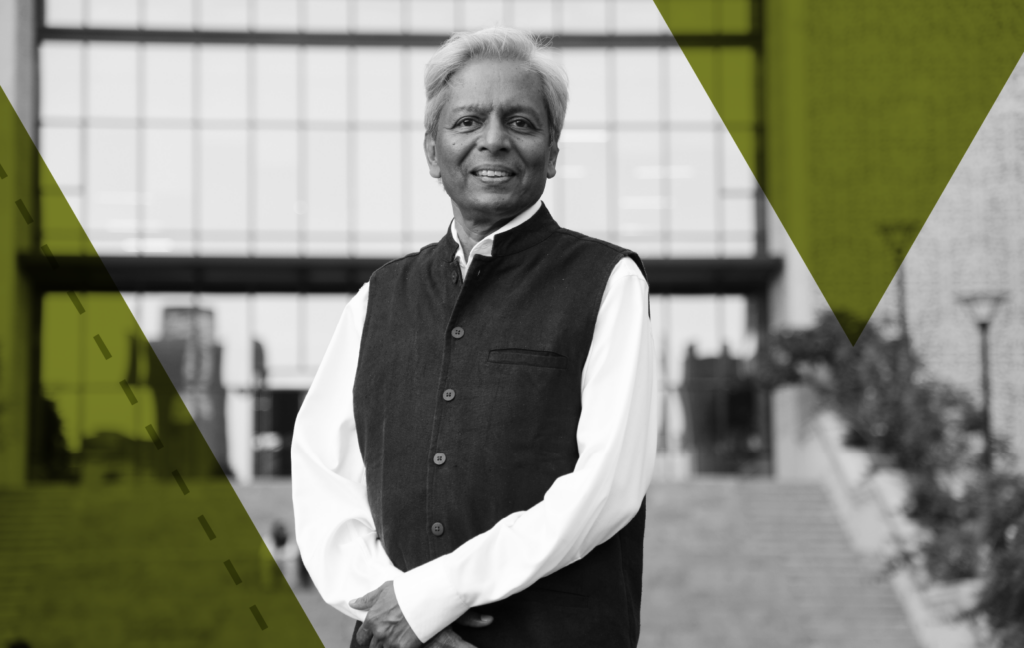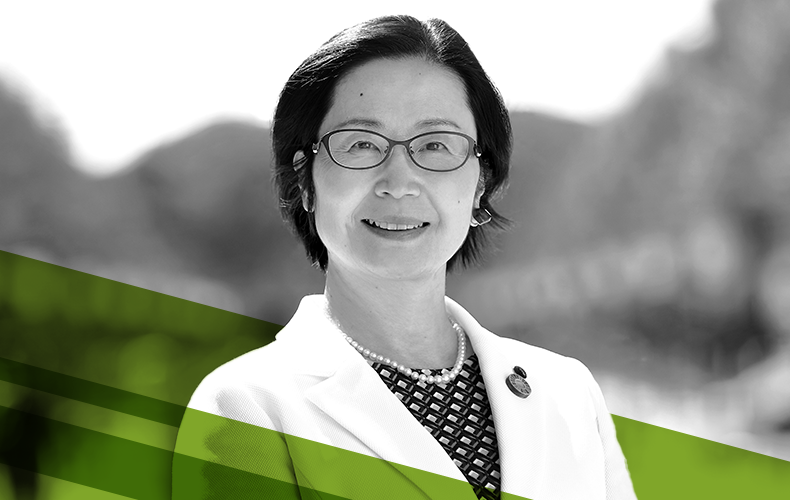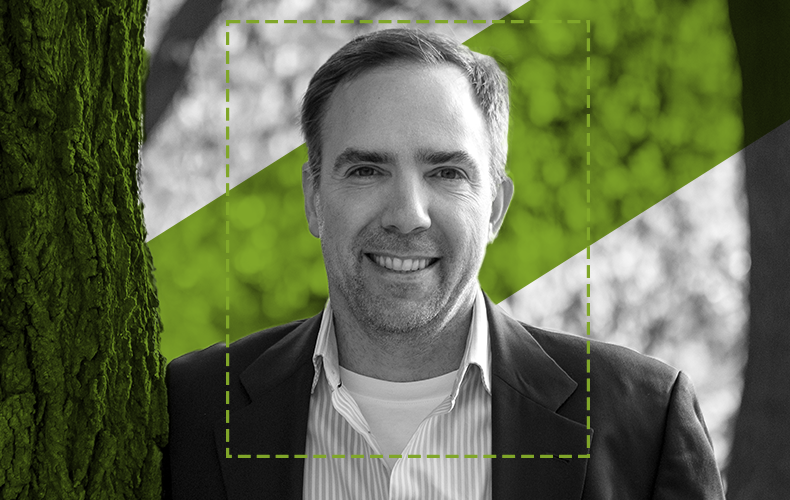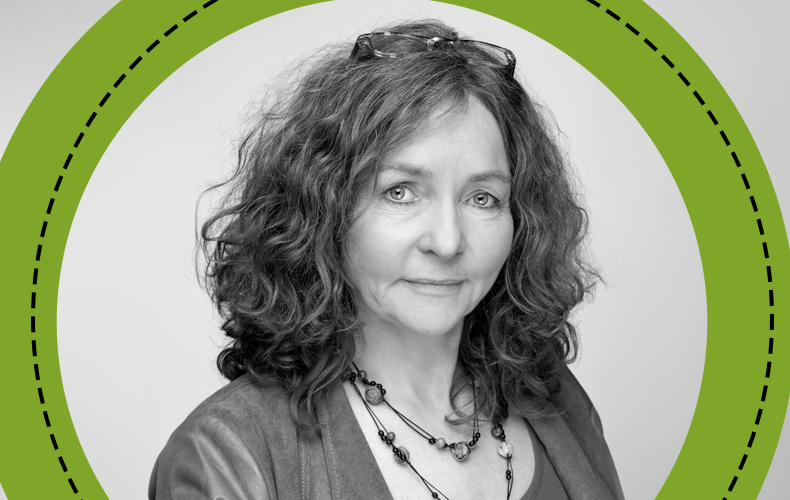3 May 2023
Can you share with us your professional journey?
I accidentally took up my undergraduate studies in chemical engineering and went to the Indian Institute of Technology Kanpur. It was an exhilarating experience. Our class was much larger than it should have been and many of us were therefore dumped into a postgraduate hostel from our first year. This allowed me to interact with PhD students and postdocs and get interested in research. At Kanpur, and later in Delhi, I read about biology, and heard about the research of Obaid Siddiqi at the Tata Institute of Fundamental Research. I joined the Tata Institute for my PhD. From there I went onto a postdoc with Elliot Meyerowitz at Caltech and came back to work with Obaid Siddiqi to start the National Centre for Biological Sciences, which is in Bangalore.
How did you make the transition from research to science administration and policy?
It was like the proverbial frog in a pot of water which is slowly being heated. Several of us were involved in starting the National Centre for Biological Sciences in Bengaluru. This effort included a lot of administrative work, and we were doing our research too, not realizing the intensity required for both. In hindsight it was far more intense than we felt when we were in the midst of it. When I was asked much later to take the position as Secretary of the Department of Biotechnology (DBT) at the Indian Ministry of Science & Technology, I didn’t think much of that in terms of compromising research or as an administrative burden. I thought that the country had funded me very generously to do fruit fly research and do as I please, and therefore it would be inappropriate not to take on such public responsibilities, with enthusiasm and commitment, when asked.
How did the partnership between India and EMBO come about?
We must give credit to the EMBO leadership and the Department of Biotechnology (DBT) who did a lot of the groundwork together, which led to India becoming an Associate Member State of EMBC, the EMBO funding body, in 2016. The partnership with the Human Frontier Science Program was started a few years earlier too, and the partnership of the DBT with the Wellcome Trust to create India Alliance. All these were transformative in bringing international connections between Indian and European biosciences. Maria Leptin, Gerlind Wallon and others at EMBO worked with Raj Bhan, Shailja Gupta and later me at the DBT. Their cheerful persistence and commitment catalyzed the reduction of all energy barriers.
How has this partnership benefited scientists in India and Europe?
A very important aspect of science is peer criticism, and the ambitions you set yourself by interacting with peers. It is relatively easy to start an academic career or one in industry or anywhere with great enthusiasm – especially in India – and then get into an ostrich-like pose. Eventually you can declare yourself the best in your street. However, if you keep meeting the best colleagues right through your career, and you criticize their work and they criticize yours and you set benchmarks according to the best in the world, wonderful things happen, and you can be amongst the best anywhere. And that is what partnerships like the one with EMBO did and are doing. We get the best scientists from Europe coming here, our best scientists are going there, our students are getting EMBO Postdoctoral Fellowships which really brings out the best in them. Science is about exploration with human interactions, that makes it of the highest quality and impactful.
What are the current trends in the life sciences landscape of India?
There is a dramatic change in the way we approach biology today. Sydney Brenner said that we are seeing an onslaught of data that, but that that alone will not solve the big questions in biological sciences. We must embrace big data, but also see the importance of theory in biology. We need the ability not to get overwhelmed, but to think deeply and experimentally understand specific areas. These requirements bring to the fore a strong intellectual tradition in India, that of mathematics and computing. So, in many ways, this onslaught of data is an opportunity for breaking departmental silos in India and integrating to include physics, mathematics, and computer-science research in the core biology curriculum. There are positive trends in this direction, and they need to grow greatly.
Are there other opportunities and challenges for the life sciences in India?
Several. Agriculture and healthcare are examples. Because of the consequences of global warming and climate change we are going to see dramatic changes in infectious diseases. In agriculture, patterns of cultivation are going to change. Seasonality of crops is going to be affected. We need to see these and related problems, and address both adaptation and mitigation as being urgent and important. Whether you are in engineering or in medicine or in basic science or in science communication or industry, this is where our resources and our ideas need to go. And one can tackle these and other very difficult problems if we come together. The future of our planet is precarious. No matter what our own interests and drives are, we must also work together on addressing this big problem.
On that note, what advice would you give to life scientists at the start of their research careers?
It is easy to pontificate about looking out for the public good or high-quality work. That is easier said than done when young people need to get a job, look after families, and make ends meet. The question I would pose is how can a scientist address big questions in today’s complex, metric-driven world, and not get trapped in chasing incremental solutions or by these metrics. Now the very simple matter is, and the pandemic illustrated that well, that no matter what you choose to do, you can still do immense public good or address important questions. Now that the pandemic has abated, we should keep and enhance public spirit and work together.
Further, when young people are exposed to a large number of quality meetings and workshops and interactions in interdisciplinary areas – which have both depth and breadth – they will be better prepared for what are the ‘unknown unknowns’. These are the category of problems which we are unable to anticipate now, let alone know how to tackle them. The only insurance is to develop and encourage talented and trained people who have the daring to address current and anticipatable problems but also the potential to deal with the unanticipated. This can only happen at scale by developing stimulating environments in our universities, and through meetings and workshops.
At the core of such workshops for biologists, in today’s context, are training in the use of physics, mathematics, computer science, and tools to generate, handle, visualize and understand datasets. And training in biology for the others.
Finally, we need institutional structures to get the message across that training structures for PhDs and postdocs need to evolve in today’s world where rapid response is needed, and where teamwork is needed to solve complex problems. Our PhD and postdoctoral structures are currently skewed towards meeting the goals of the laboratory and not enough towards the development of the student or post-doctoral scholar as intellectual leaders of the future.



